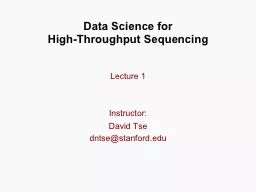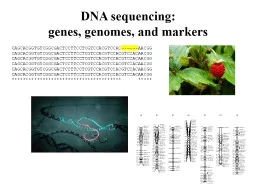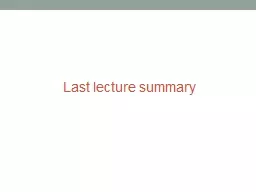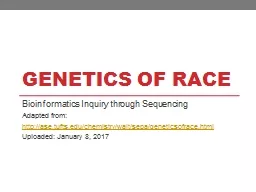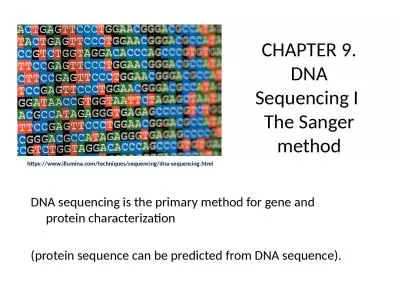PPT-Unit 2: The Genome Chapter 8 - DNA Sequencing
Author : oconnor | Published Date : 2023-07-22
Figure 801 SequencingFragments of All Possible Lengths During chain termination or Sanger sequencing the target DNA fragments are copied millions of times but
Presentation Embed Code
Download Presentation
Download Presentation The PPT/PDF document "Unit 2: The Genome Chapter 8 - DNA Seque..." is the property of its rightful owner. Permission is granted to download and print the materials on this website for personal, non-commercial use only, and to display it on your personal computer provided you do not modify the materials and that you retain all copyright notices contained in the materials. By downloading content from our website, you accept the terms of this agreement.
Unit 2: The Genome Chapter 8 - DNA Sequencing: Transcript
Download Rules Of Document
"Unit 2: The Genome Chapter 8 - DNA Sequencing"The content belongs to its owner. You may download and print it for personal use, without modification, and keep all copyright notices. By downloading, you agree to these terms.
Related Documents

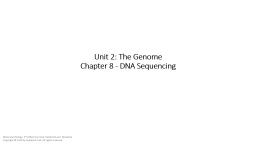
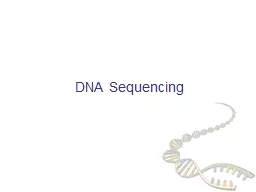
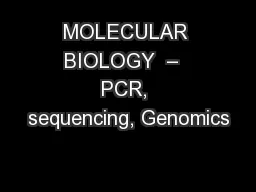
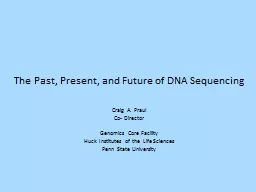

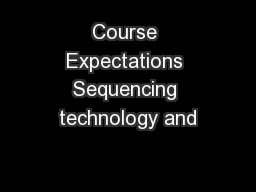
![NGS: Next-Generation [high throughput] Sequencing I: Background](https://thumbs.docslides.com/702160/ngs-next-generation-high-throughput-sequencing-i-background.jpg)
